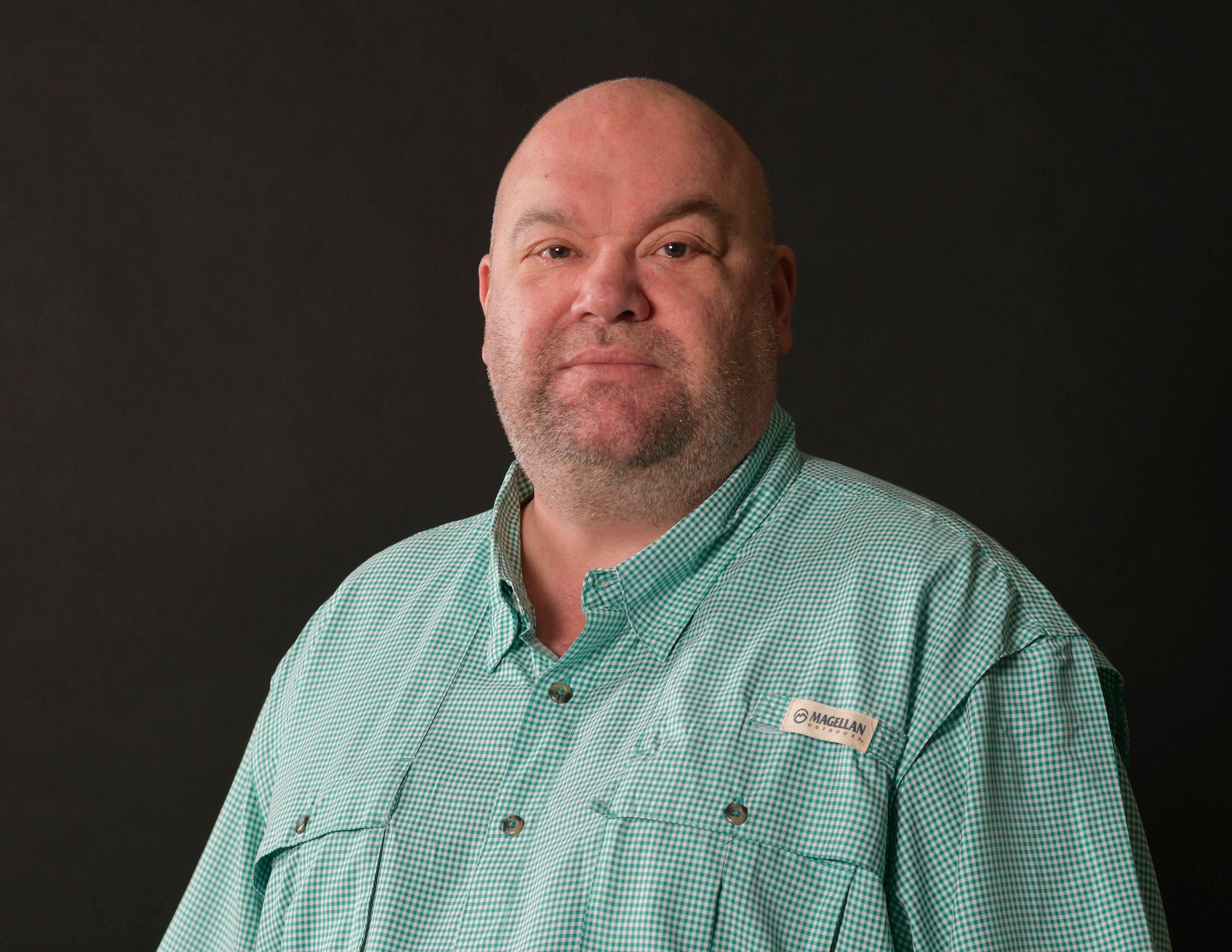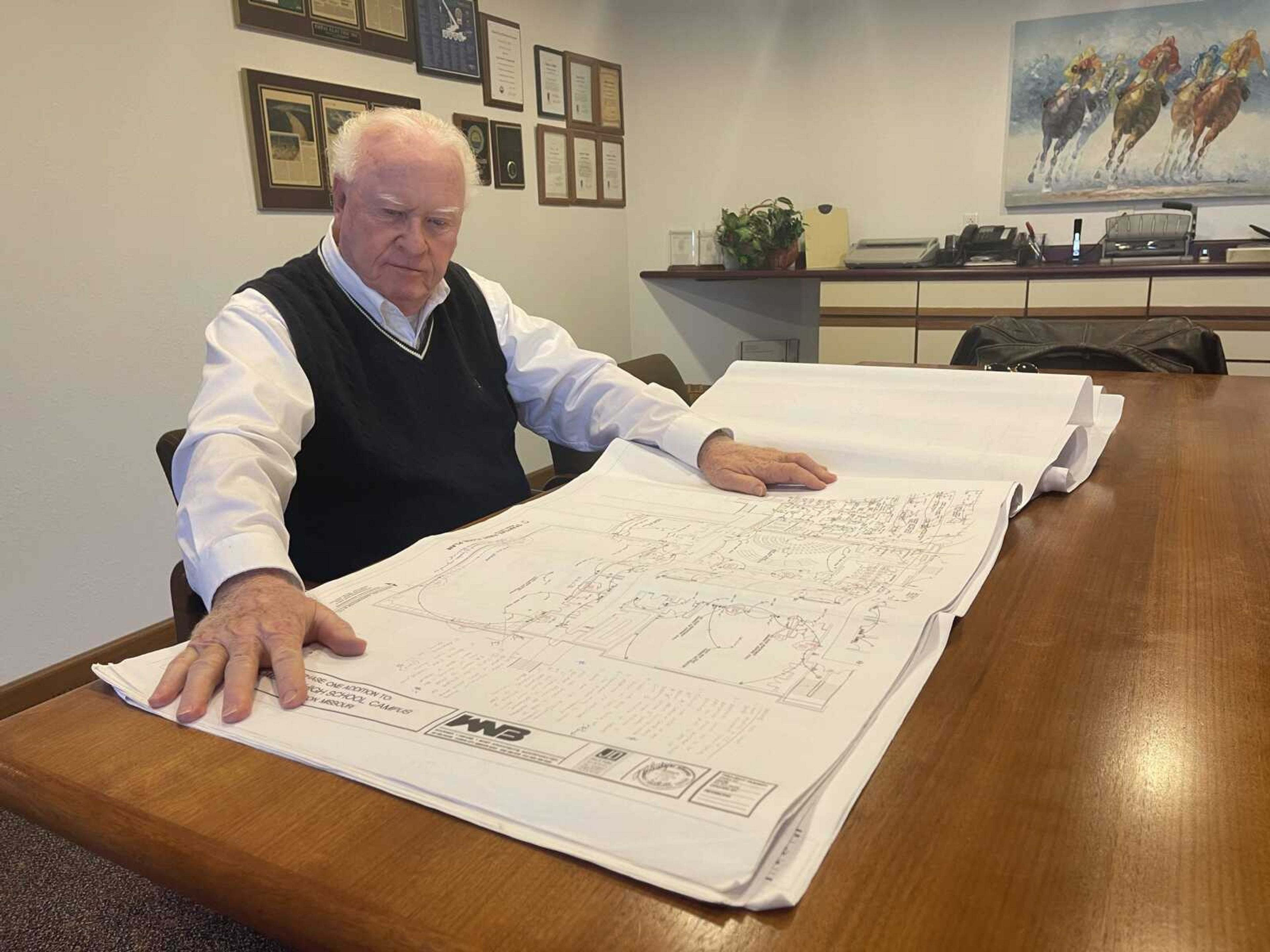Long-running lawsuit involving Jackson school district has left Total Electric COO bitter
FARMINGTON, Mo. -- Total Electric's office off the main drag is easy to pass by. The unassuming, small building sits among numerous other retail outlets on a busy street, but it's where chief operations officer Danny Miller has called his work home for going on 25 years...
FARMINGTON, Mo. -- Total Electric's office off the main drag is easy to pass by.
The unassuming, small building sits among numerous other retail outlets on a busy street, but it's where chief operations officer Danny Miller has called his work home for going on 25 years.
As he recently settled into a chair to discuss his lawsuit against Jackson School District, he recounted a perhaps apocryphal conversation with his pastor.
"He's been on me about forgiveness. I have no problem with forgiveness," he said. "It's a two-step process. Step 1, get even."
Miller believes he has 8 million reasons -- his expenses involved with the district's high school Phase 1 project that dates to 2006 and long-running lawsuit -- to get even with the district, a sentiment he said he expressed last summer in a meeting with superintendent Scott Smith, two members of the district's school board and Phil Penzel, prime contractor on the project.
"I have spent 12 years of my retirement fighting this court case," he said he told the group. "It doesn't bother me so much about me, but for my wife to have to come to this office every day. I had to get rid of two people in this office and 54 of my 60 electricians. I sold 12 of my trucks. I sold my gun collection, my car collection. Luckily, I had some assets, and if you think I am going to be forgiving or I am going to give up or back down, you are full of [expletive]."
Miller said he made the district officials a settlement offer because none of those involved with the district's current administration had been involved with the lawsuit over the years.
"I will do this for you: You write me a check for $4 million within 10 days. Next January, you write me a check for $2 million. ... I will charge 9% interest until next January. The next January, you pay me the next $2 million, and you pay me the 9% interest on that," he recalled, further offering to provide free labor to fix issues with the project's kitchen. "They turned me down."
It wasn't the first time settlement attempts had failed. Miller said the sides involved a mediator.
"I offered to settle for $5 million, and they offered me $20,000," he noted, adding a later session with the mediator resulted in the district leaving the bargaining table, claiming he was not negotiating in good faith.
In December, after the state Supreme Court declined to hear the district's latest appeal in the case, the school district paid Miller $4 million, leaving the question of remaining interest due. A letter dated Feb. 4 to Miller included a check from the district for $536,901.21, which the district claims is its final interest payment. Miller contends, however, the district owes about another $5 million in interest, the discrepancy being whether interest has been accumulating simply or compoundly. If the parties can't agree on a full settlement, the issue could go back to court.
"I don't know what they are going to do. I don't know what they are thinking," Miller said. "No one wins in something like that."
Smith has said the district will have no further comment on the litigation.
Problems from the start
Miller's portion of the lawsuit involves about $1.3 million in additional expenses incurred on the project and an additional $200,000 in change orders the district did not pay for. A Cape Girardeau County jury awarded him $800,000, which the district did not pay, instead keeping the case going for a decade.
The additional costs stemmed from what Miller called substandard design of the project.
"A big portion of what I saw in the specs and materials was 25-year-old stuff," he said. "They paid a lot of money for a building that should have been up to date, modern, latest technology and standards."
What Miller said the district got, though, was a project riddled with design flaws:
- electrical capacity and load issues throughout the kitchen area, which Miller claimed remain to this day
- auditorium lighting with no way to manipulate the spotlights because access to the lights had not been included in the plans
- exit signs designated in areas where there was no exit.
"But it was always our fault," he said. "This was a 15-month project that took 27 months to get the answers."
Miller said his labor costs on the project were 270% of the bid amount.
"You carry [a lighting fixture] up there, unbox it and carry it up there. It won't fit. You put it back in the box, put it back on the trailer, and you try to get answers. That went on and on and on," he explained of the project's plans. "They are required to give you a buildable set of documents, and they are not."
After completing the project, Miller instructed his employees to mark on the plans every issue that delayed their work. Some of the pages of the plans have several dozen issues noted in red ink.
How did the project get off track?
"In my opinion, the architect hired the engineer because he was cheap. The engineer was cheap because he didn't know what the [expletive] he was doing and he didn't have to pay an electrical engineer to do that job."
Engineering
Warner, Neast, Bost Architects of Kansas City, Missouri, served as the architectural firm for the project. The firm hired Henthorn, Sandmeyer to produce the project's electrical design.
Carl Smart served as electrical engineer for the project, reporting directly to Frederick Sandmeyer.
In an August 2014 deposition, Smart acknowledged he was not a certified electrical engineer:
"Q. Are you a licensed engineer in the State of Missouri?
A. No, I'm not
Q. Are you a licensed engineer in any state?
A. No, I am not."
Smart defended his work and the changes required at the job site, saying several times a project's plans don't always coincide with equipment suppliers deliver: "What is required is right -- is the requirement to make the equipment work for what has landed on the job site. And it is not unusual for there to be differences between what actually lands and what the plans show."
The deposition includes a reference to an email from the project's primary architect, Alan Kovar, to Smart, suggesting a particular problem with the design made it difficult to defend mistakes: "If the drawings didn't include a number of issues, including power to the multipurpose building omission, it would be easier to fight this fight."
In a separate deposition, an attorney for Miller challenged Smart's employer, Sandmeyer, on whether Smart had called for obsolete components in the project, pointing specifically to a discontinued electrical switch:
"Q. If it were specified, would it have been a piece of material or equipment that you would have expected Mr. Smart to have verified that it was still in use by the manufacturer? ...
A. Yes.
Q. But according to this email, the BCS switch was discontinued in 2000 or 2001, correct?
A. Correct.
Q. And Mr. Smart is asking in 2009 whether or not it's still available, correct?
A. Yes."
Later in Sandmeyer's deposition, Miller's attorney asks about a letter from Kovar, sent to Smart, which states: "You are not looking well during this whole process, which diminishes our reputation with the owner. Every day that passes by we still try to convince people in high places that our ... engineers know what they are doing."
Final resolution
Miller said the matter will resolve itself one way or another and he expects he will ultimately receive full payment. His business is a shell of what it was, and that has left him bitter and operating on a much smaller margin than in previous decades.
"You know who got cheated here? The taxpayers," he said. "They spent a lot of money, and they didn't get a project that I am proud of. I am not proud of it. I couldn't correct things. I couldn't make it right because then they could sue me for breaching the contract. I had to do it like it's drawn. That's what they kept telling me -- build it like it's drawn."
Connect with the Southeast Missourian Newsroom:
For corrections to this story or other insights for the editor, click here. To submit a letter to the editor, click here. To learn about the Southeast Missourian’s AI Policy, click here.









